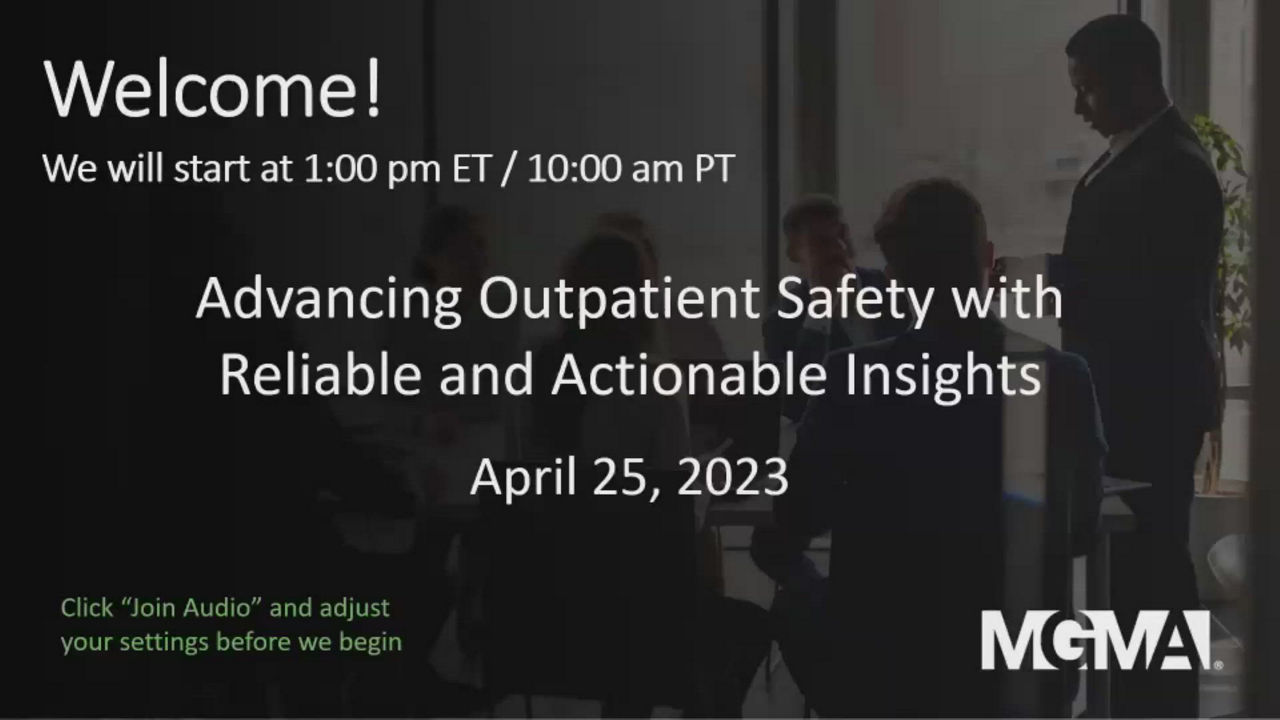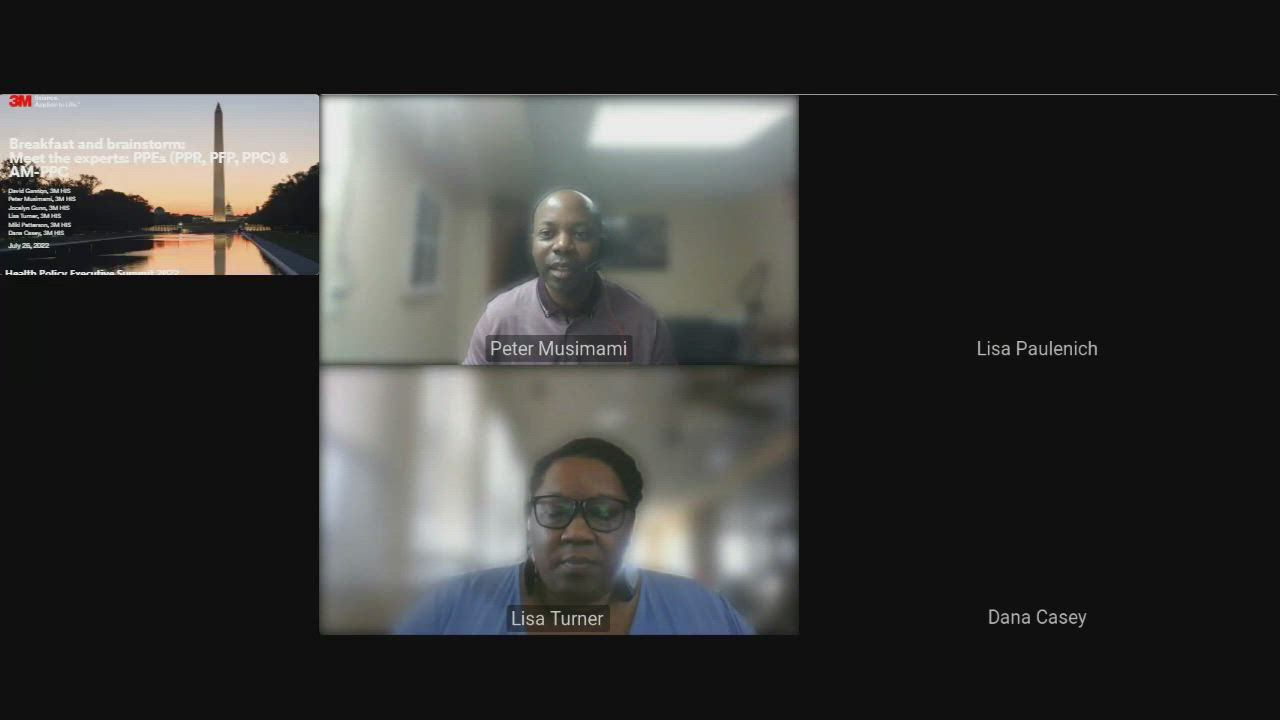Despite advancements in modern hospital care, quality problems remain, impacting patient outcomes and provider costs. In the early 2000s, Solventum (formerly 3M Health Care) assembled a team to develop a methodology to identify situations in which inpatient hospital care was less than excellent. The resulting methodology, the Solventum™ Potentially Preventable Complications (PPCs) Classification System, was first published in the Health Care Financing Review in 2006. Since then, this methodology has been regularly updated and increasingly adopted across the U.S.
The implementation and success of inpatient Solventum PPCs prompted Solventum to also assess the quality of outpatient care, especially given the growing industry need. Even as more procedures shift to the outpatient setting, there remains a lack of outcome reporting and universal standards for tracking complications from ambulatory procedures. Moreover, data is fragmented across the care settings where procedures are performed and where patients seek care when experiencing complications. In 2015, Solventum researchers sought to address these challenges and reassembled a team to develop Solventum AM-PPCs. This methodology can evaluate ambulatory procedures that resulted in complications of care within a longitudinal analysis using a designated timing window (e.g., 30 days).
Using diagnosis and procedure codes listed on standard claim forms, Solventum AM-PPCs apply sophisticated clinical logic to identify procedures and clinically categorize them within distinct procedure subgroups (PSGs) that comprise common elective procedures often performed in outpatient care settings. Additionally, the system identifies unique complications — such as sepsis, pneumonia and lung infections, pulmonary embolism, venous thrombosis, hemorrhage and device related infections or mechanical complications — and classifies them into clinically meaningful groups.
The Solventum AM-PPC software identifies preventable complications by linking an ambulatory procedure to subsequent admissions, ED visits or other encounters with complication diagnoses. It matches these events with a predefined list of procedure-specific complications and timing guidelines. Complications unrelated to the initial procedure or occurring outside the expected timeline are excluded.
The Solventum AM-PPC proprietary clinical logic is maintained by a team of Solventum clinicians, data analysts, clinical analysts, programmers and economists and can be viewed by software licensees in an online definitions manual. Solventum plans to release a new Solventum AM-PPC version every February to reflect updates to the ICD-10 diagnosis and procedure code sets and the HCPCS code set, as well as to include enhancements in the clinical classification logic.











